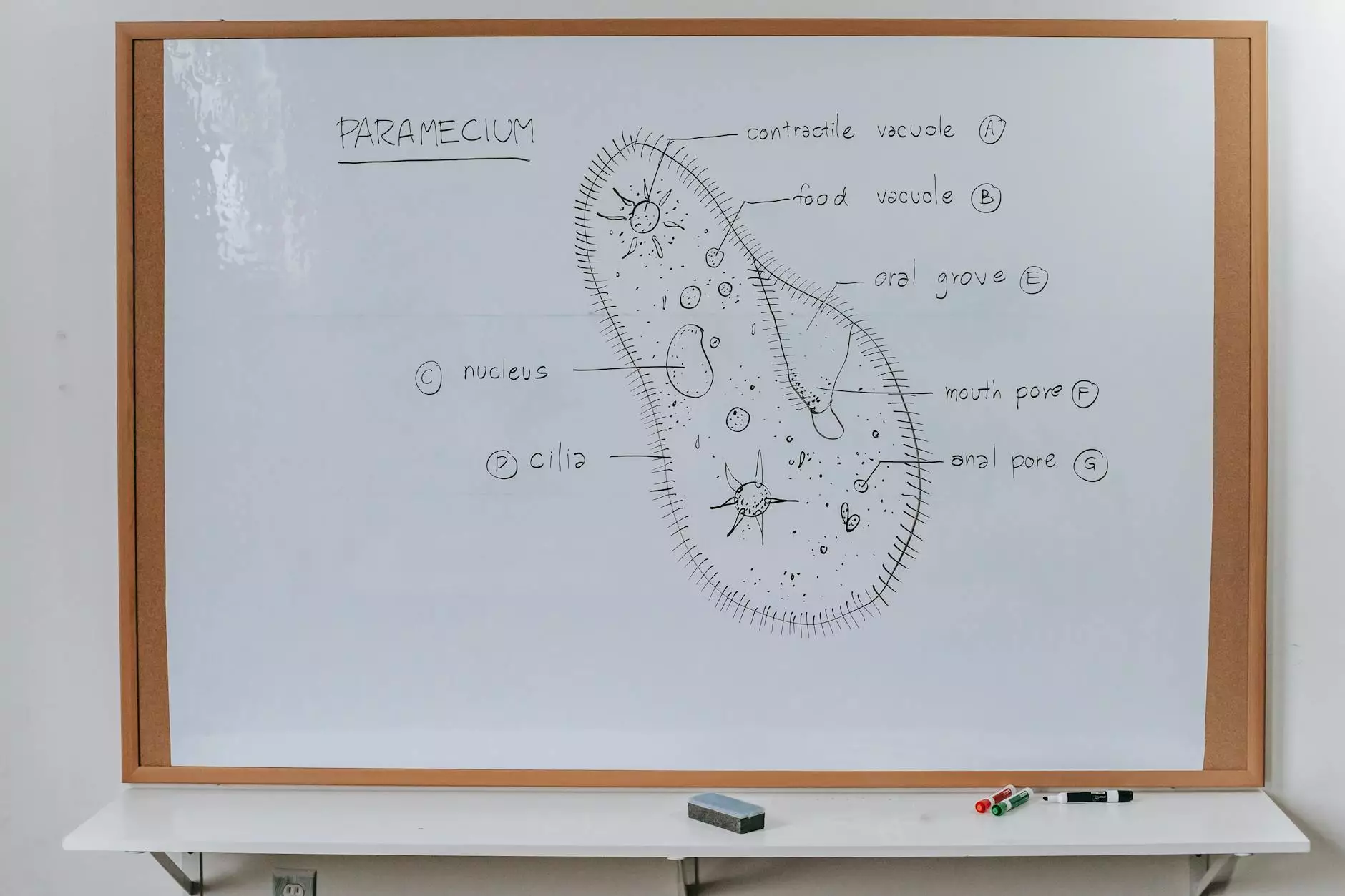Photosynthesis Lab Report: Basic Laboratory Requirements

Introduction
Welcome to The Knowledge Nest, where we strive to provide you with valuable information on various topics. In this article, we will delve into the basic laboratory requirements for a photosynthesis lab report. Understanding the essential aspects of conducting a photosynthesis experiment is crucial for accurate and reliable results.
What is Photosynthesis?
Photosynthesis is a fundamental process that converts light energy into chemical energy, allowing plants and other photosynthetic organisms to produce glucose and oxygen. This process is of utmost importance for the sustenance of life on Earth as it forms the foundation of the food chain.
The Photosynthesis Lab Report
When conducting a photosynthesis lab report, it is essential to follow specific laboratory requirements to ensure accurate measurements and reproducibility of results. Let's explore the important elements that should be considered while performing a photosynthesis experiment.
Materials
Before starting the experiment, gather all the necessary materials. You will need:
- Glass beakers
- Test tubes
- Light source
- Plant samples (e.g., spinach leaves)
- Sodium bicarbonate solution
- Water
- Leaf disks
- Pipettes
- Stopwatches
- Thermometers
Experimental Setup
Once you have gathered the materials, it's time to set up the experiment. Follow these steps:
- Fill the glass beaker with water and add a certain concentration of sodium bicarbonate solution. This solution acts as a carbon dioxide source.
- Place the beaker under the light source, ensuring the light intensity remains consistent throughout the experiment.
- Prepare the leaf disks by cutting them into small, uniform shapes.
- Place the leaf disks into a test tube filled with sodium bicarbonate solution.
- Seal the test tube with a stopper to prevent gas exchange with the outside environment.
- Submerge the test tube in the water-filled beaker, ensuring the leaf disks are fully immersed.
- Start the stopwatch to record the time.
- Monitor the rise of the leaf disks over a set period of time, typically 10-15 minutes.
Data Collection and Analysis
During the experiment, it is crucial to collect accurate and comprehensive data. Record the number of floating leaf disks at regular time intervals, noting the time it takes for photosynthesis to occur effectively.
Once the data is collected, analyze it by plotting the number of floating leaf disks against time. This will help visualize the rate of photosynthesis under different variables, such as light intensity or concentration of carbon dioxide.
Conclusion
In your photosynthesis lab report, include a comprehensive conclusion that summarizes the findings and their implications. Discuss any limitations of the experiment and suggest potential improvements or further investigations.
Why is Photosynthesis Lab Report important?
Conducting a photosynthesis lab report allows you to understand the intricate mechanisms behind this essential biological process. It provides valuable insights into factors affecting photosynthesis and enables you to appreciate the complexity of nature's energy conversion system.
Join The Knowledge Nest Community
At The Knowledge Nest, we are committed to fostering an active community of learners. Join us to explore various topics, engage in discussions, and enhance your knowledge. Stay connected for more insightful articles and resources.
References:
- Smith, J. (2021). Photosynthesis: A Comprehensive Guide. The Knowledge Nest Publishing.
- Johnson, E. (2020). Laboratory Techniques for Photosynthesis Experiments. The Knowledge Nest Publishing.









